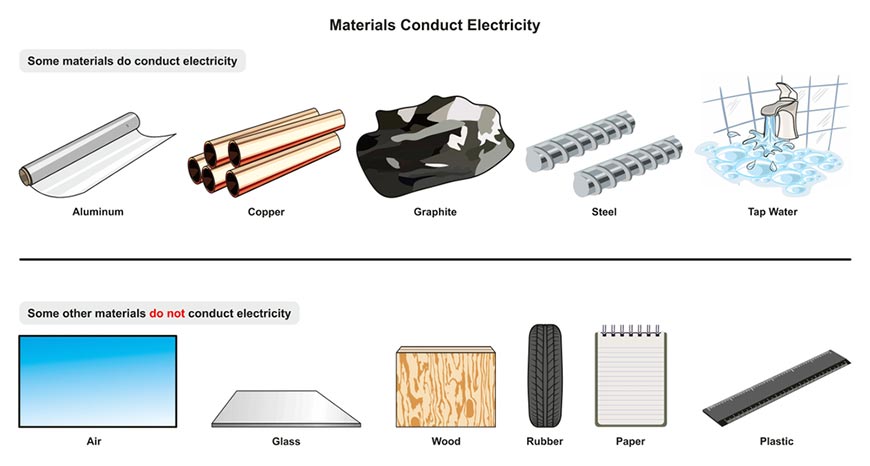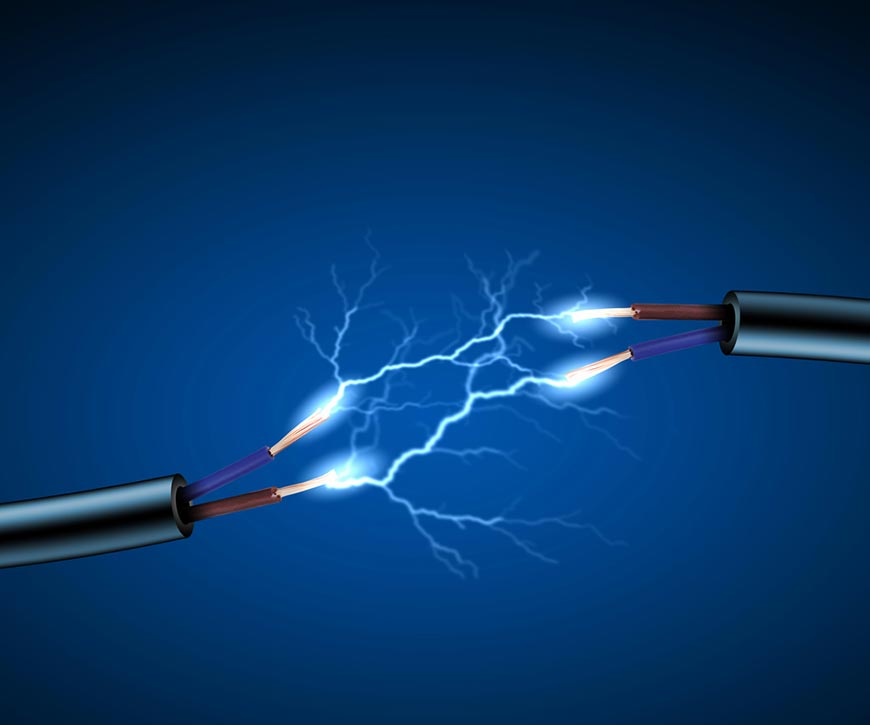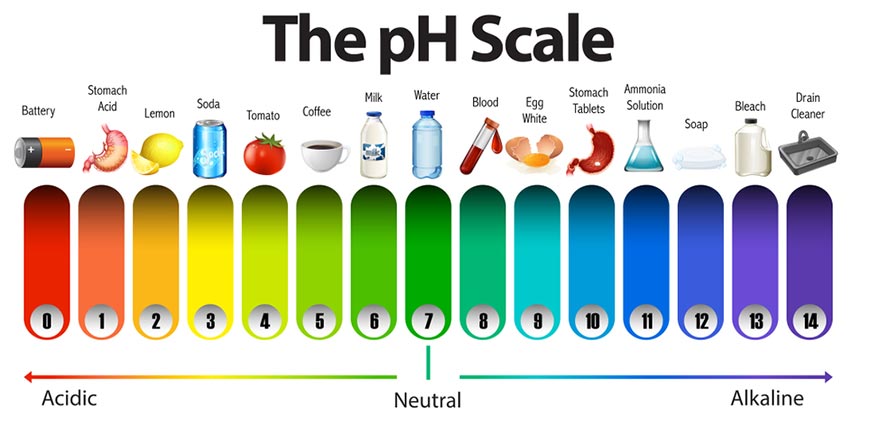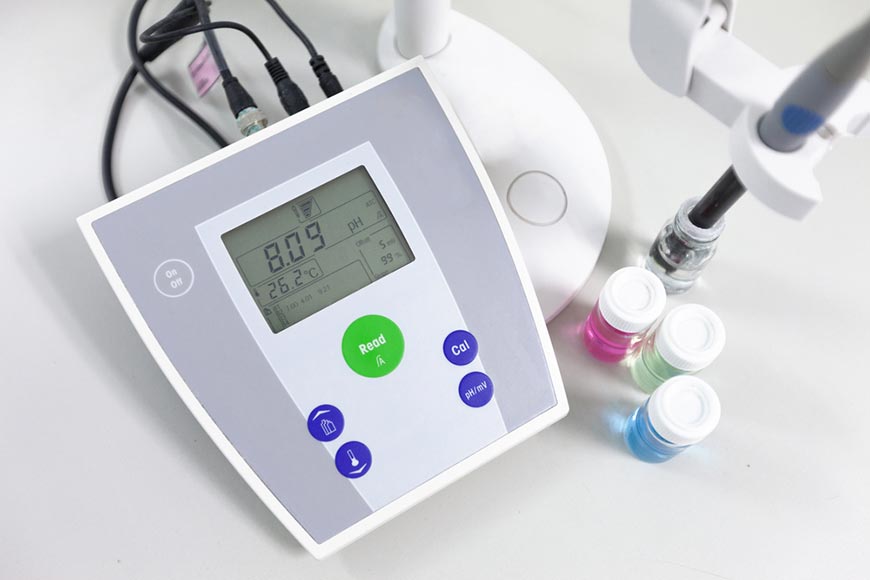
What is a clean room? Cleanroom supplies? How to clean room?
Cleanroom is a modern workspace that is increasingly popular in life, production and scientific research. However, many people are still very confused, concerned about the problem, or do not fully understand the regulations for working in clean rooms. In the following article, let’s learn more about this concept with Hiep Phat.
What is a clean room?

Cleanroom is a built and used room type to minimize the entry and retention of airborne particles, and control other relevant parameters such as temperature, humidity, and pressure as needed. When all of the above factors are controlled, it will help to minimize the risk of bacterial contamination or cross-contamination of products during research and production, ensuring sterility.
Currently, this type of room is increasingly popular and is applied in many fields such as the pharmaceutical industry, food, cosmetics, biotechnology… industries that require control of dust levels and components. part in the air.
Cleanroom standard
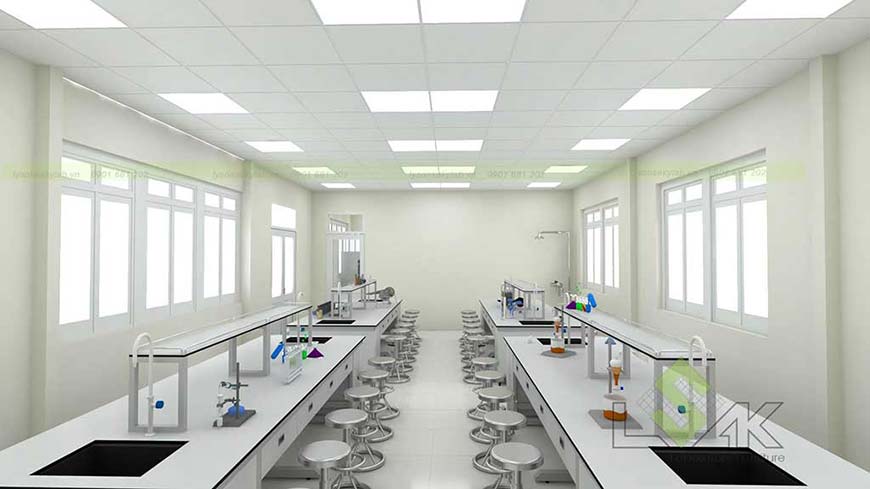
Basic standards
Cleanroom standards are one of the requirements that should be met for any cleanroom. To be assessed as a clean room, the following parameters need to be met:
- Temperature
- Moisture
- Pressure
- Cleanness
- Cross-contamination
In addition to the temperature and pressure being adjusted like conventional air-conditioned rooms, this type of room also needs more stringent requirements on pressure, cleanliness and cross-contamination.
Because air moves from high pressure to low pressure, pressure control helps to prevent air, dust, creatures… from another area.
Room cleanliness is determined by the number of air and filter exchanges. The greater the number of wind exchanges, the lower the concentration of dust particles, reducing pollutants generated in the room. Therefore, with each different level of cleanliness, the number of air and filter exchanges is also different.
For this type of room, cross-contamination is a rather complicated criterion and difficult to control because it can be caused by many causes including from inside and outside. Setting standards for cross-contamination helps to minimize the appearance of impurities and foreign ingredients that will destroy or reduce product quality.
Among them, the dust content parameter is the most important. Based on the parameter of the number of dust particles in a certain size range, people are classified into different levels of clean rooms.
Clean room status
In addition, in the inspection and assessment of the clean room system, it is necessary to consider the activities carried out in the clean area. Due to the movement of materials, goods, personnel movement or production process activities that can lead to dust contamination or dust disturbance in the system. There are three states that can affect the cleanroom grade rating:
- Setup status: room is built but no devices yet.
- Stopped state: the room has been installed and put into operation but no staff is working.< /span>
- Operation status: cleanroom equipment and machinery are being operated according to the production process and in the presence of operator on request.
Common cleanroom types

According to FEDERAL STANDARD 209 E (1992)
Federal standard 209 E cleanroom standard sets forth the evaluation criteria for the cleanroom level, the tests required to demonstrate the level qualification and frequency of tests to be performed for evaluation.
This standard was deprecated on November 29, 2001 by the United States General Services Administration (GSA) however it still widely used worldwide.
Dust limit in Federal Standard 209 E (1992):
| Type name | Limits | ||||||||||
| ≥ 0,1 µm | ≥ 0,2 µm | ≥ 0,3 µm | ≥ 0,5 µm | ≥ 5,0 µm | |||||||
| Unit | Unit | Unit | Unit | Unit | |||||||
| SI | English | m3 | ft3 | m3 | ft3 | m3 | ft3 | m3 | ft3 | m3 | ft3 |
| 1 | 350 | 9,91 | 75,7 | 2,14 | 30,9 | 0,875 | 10 | 0,283 | |||
| 1,5 | 1 | 1.240 | 35,0 | 265 | 7,5 | 106 | 3,00 | 35,3 | 1,00 | ||
| 2 | 3.500 | 99,1 | 757 | 21,4 | 309 | 8,75 | 100 | 2,83 | |||
| 2,5 | 10 | 12.400 | 350 | 2.650 | 75,0 | 1.060 | 30 | 353 | 10 | ||
| 3 | 35.000 | 991 | 7.570 | 214 | 3.090 | 87,5 | 1.000 | 28,3 | |||
| 3,5 | 100 | 26.500 | 750 | 10.600 | 300 | 3.530 | 100 | ||||
| 4 | 75.700 | 2140 | 30.900 | 875 | 10.000 | 283 | |||||
| 4,5 | 1.000 | 35.300 | 1.000 | 247 | 7,00 | ||||||
| 5 | 100.000 | 2.830 | 618 | 17,5 | |||||||
| 5,5 | 10.000 | 353.000 | 10.000 | 2.470 | 70 | ||||||
| 6 | 1.000.000 | 28.300 | 6.180 | 175 | |||||||
| 6,5 | 100.000 | 3.530.000 | 100.000 | 24.700 | 700 | ||||||
| 7 | 10.000.000 | 283.000 | 61.800 | 1.750 | |||||||
According to the standard ISO 14644-1
Clean room standard according to ISO 14644-1. This standard is not panament is out of a metramete (size & lt; 0.1 μm) and the raw kernel (size & gt; 5 μm) has sizes outside the range considered.
ISO 14644-1 dust content limit:
| Classification number
(N) |
The maximum concentration limits (particles/m3 of air) for particles equal to and greater than known sizes are outlined below. | |||||
| 0,1 μm | 0,2 μm | 0,3 μm | 0,5 μm | 1 μm | 5 μm | |
| Level 1 | 10 | 2 | ||||
| Level 2 | 100 | 24 | 10 | 4 | ||
| Level 3 | 1 000 | 237 | 102 | 35 | 8 | |
| Level 4 | 10 000 | 2 370 | 1 020 | 352 | 83 | |
| Level 5 | 100 000 | 23 700 | 10 200 | 3 520 | 832 | 29 |
| Level 6 | 1 000 000 | 237 000 | 102 000 | 35 200 | 8 320 | 293 |
| Level 7 | 352 000 | 83 200 | 2 930 | |||
| Level 8 | 3 520 000 | 832 000 | 29 300 | |||
| Level 9 | 35 200 000 | 8 320 000 | 293 000 | |||
The cleanroom standard according to ISO 14644-1 adds three new levels to the Federal standard 209 E: two levels cleaner than the cleanest level in Federal standard 209 E and one level less clean than the lowest level in Federal standard standard 209 E. The addition of these new cleanroom levels will make for more efficient control and assessment especially in emerging industries.
Two levels of cleaner are used in areas that require strict control of cleanrooms such as the microelectronics industry. The lowest clean room level standard is applied to industries that are just beginning to control the number of dust particles such as the plastic industry or food, beverage, consumer goods production facilities …
What is cleanroom cleaning?
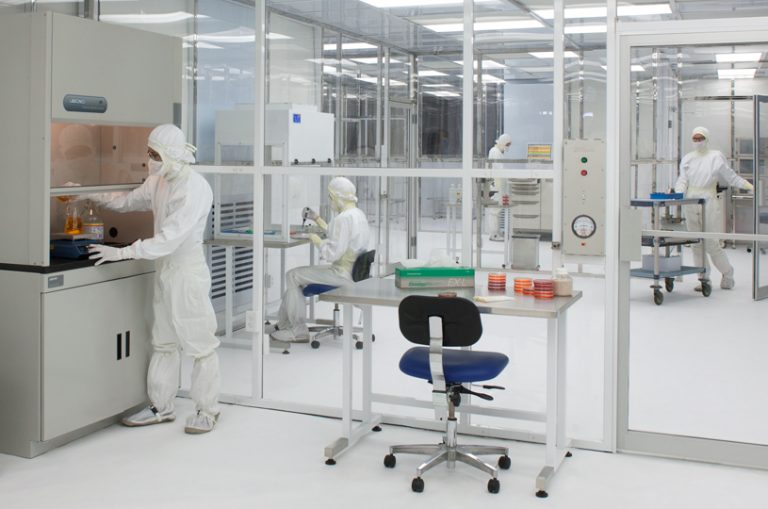
What is cleanroom? Cleaning a clean room is working in an environment where the conditions of temperature, humidity, and air are all controlled at an appropriate level. Most of us want to work in a clean hygienic environment, with the right temperature and humidity, all of which a clean room is satisfying. A clean room is not just an environment that minimizes adverse external factors that can affect product quality. It also helps protect workers’ own health from extreme weather conditions or the invasion of harmful bacteria.
What is cleanroom? And how is it applied? Clean rooms are applied in many areas of life such as in the medical industry. Those are the operating rooms, which help prevent the entry of bacteria and dirt that can cause infection or spread pathogens. At the same time, it also creates favorable conditions for medical staff to work, especially for operations performed for a long time. In addition, there are many other manufacturing industries that use clean rooms for many different purposes.
Harm of clean room
What is cleanroom? As working in a closed room, all gas exchanges with the outside environment are through ventilation and air filtration systems. Working in this type of room requires employees to be meticulous and precise. Many times due to physiological factors of labor, with static working postures only standing or sitting, repeating each sequence of movements. With high work intensity, if not given a reasonable break, it is easy to lead to temporary loss of vision, hearing and feelings of stress and fatigue for employees. This is the most common side effect.
In this type of room, chemicals and solvents are used differently depending on the function and task. Some of them are acid vapors, organic solvent vapors, benzene homologous compounds, etc., which can affect the health of employees. The content of these substances in clean room air is always guaranteed to be lower than the prescribed standards. However, there is still an opinion that workers working in this environment for a long time will be able to accumulate chemicals in the body that are harmful to health.
In fact, in Vietnam, there have been no official studies on the harmful effects of clean rooms. About the influence of the working environment of this room type on the health of workers.
It is necessary to review the design and construction of the system to meet Vietnamese and international standards, ensuring safety for workers. Establish a system of employee health records before, during and after work. At the same time, strengthen the organization of periodic health checks every 6 months to detect occupational diseases early in the working time. Minimizing the harmful effects of the clean room that may occur.
However, in reality, the harm of clean rooms is not caused by design or construction. Most of the accidents happen due to the mistakes and carelessness of the staff. Such as not wearing properly and fully protective clothing as well as not complying with the set rules.
Cleanroom rules

Any living, studying or working space has general regulations that need to be followed and so does a clean room. Here are the mandatory rules to follow when entering the clean room:
- Do not bring any personal belongings, food, drinks are not allowed into the room.</li >
- Valuable items such as wallets, phones, gold and silver can be brought in, but must be kept on the person. , cannot be taken out.
- Must wear protective clothing, specially designed clothing before entering the room to avoid the harmful effects of the clean room .
- Do not eat or drink in the room. In particular, do not smoke.
- Machine, equipment, including cleanroom cleaning tools must be cleaned in the same way as surfaces. work directly.
- Equipment and materials must be strictly disinfected before entering a sterile facility.< /li>
- Cleanroom staff must not have a history of respiratory disorders, stomach problems or other illnesses may affect the performance of cleanroom operations.
- In a clean room, you must speak softly, banning running, jumping, playing, affecting the working efficiency of other employees.
- Minimize direct body contact with chemicals, cleanroom solvents because it can damage skin love.
Today, clean rooms are increasingly being expanded and occupy an important position in agencies, enterprises and organizations. Clean rooms bring a modern working environment according to international standards to all audiences. If you have any questions, or need advice on building clean rooms, do not hesitate to contact Hiep Phat via Hotline: (028) 6287 4765 or Email: sales@thietbihiepphat.com to receive timely advice.

Leave your questions, we will answer them right away



 EN
EN VN
VN





